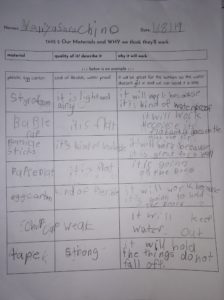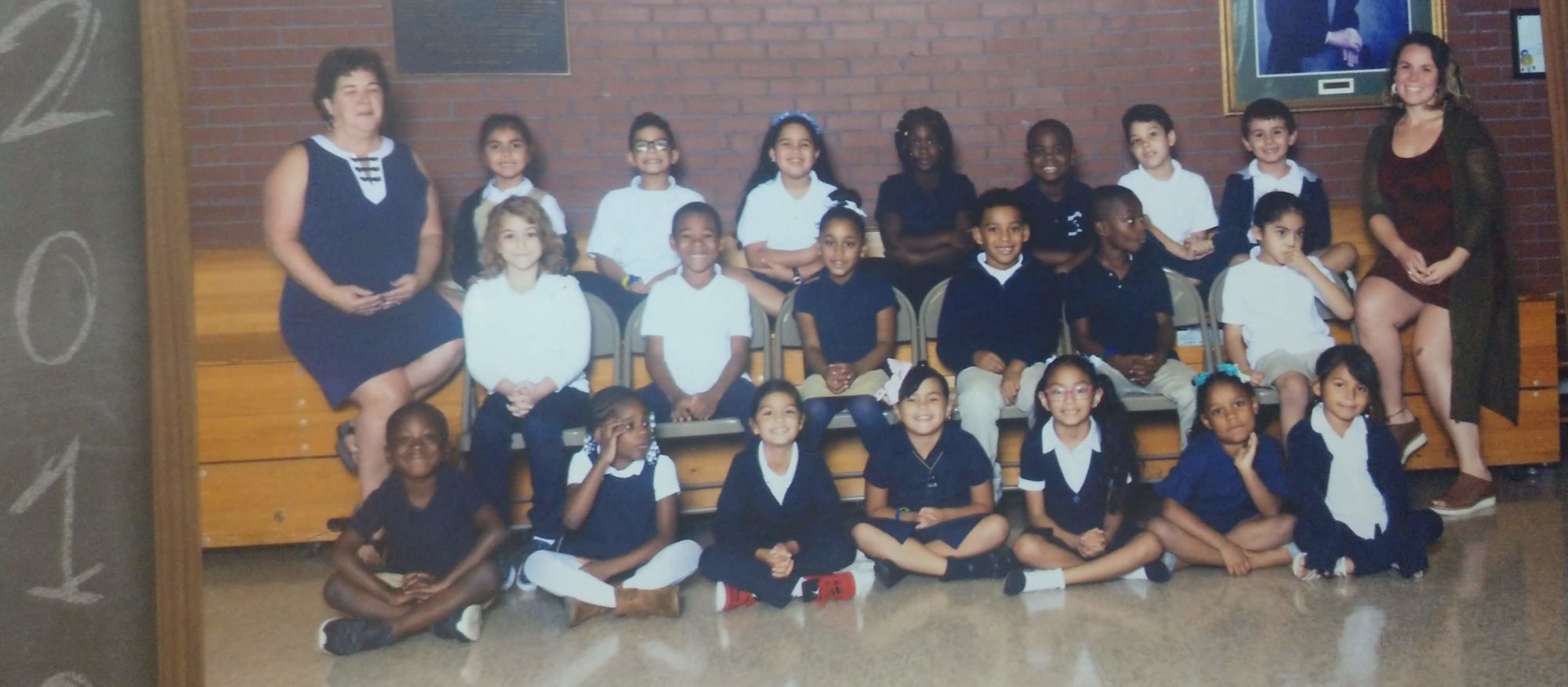This year as a second grade teacher has been nothing but growthful. Everyday on the job is filled with moments where I question how to respond to a situation, or leave feeling like I wish I’d done something else, or realize in the moment that there is a way to adjust my practice. As these moments compound, the growth of this year as an educator is really unfathomable. That being said, there have been a few major changes I’ve made to my practice over the year:
- Teaching vocabulary more explicitly.
- Planning more explicitly to anticipate challenges and better scaffold learning.
- Teaching in a way that feels authentically me.
- Discipline.
Teaching vocabulary more explicitly
At the beginning of the year, I felt like a focus on vocabulary was taking away from the content of the lesson. It felt like a logistical aspect of teaching that would just come naturally to students if we used it enough. I learned, however, the deep power and weight that knowing vocabulary can have! While I understand the power higher academic vocabulary can give to people, it took time for me to realize how powerful words that I think of as simple can be for students who need more vocabulary to express themselves.

An example of a group’s work using our word wall to describe certain materials to build their boat in engineering.
One challenge to teaching vocabulary more explicitly has been choosing the vocabulary that I want to focus on! It may seem simple, but for many of my more abstract lessons, this was actually really challenging. For example, in my unit on culture, it required a lot of pre-thinking and pre-planning to realize that key words I knew would be important were culture (an ongoing definition) and generation (as culture gets passed on from generation to generation). Of course more would come up, but for the sake of focusing my lessons and centralizing the needs of my English Language Learners (as their needs will allow everyone to learn more fully), it was necessary to focus on fewer vocabulary more deeply, than hit many words.
Another place vocabulary often came up was in science. Especially during my Engineering unit, it was imperative that students have scientific vocabulary to describe their brilliant thoughts. Oftentimes I would hear them saying the same words to describe a material, and what I realized is that the most powerful learning comes when it was necessary. When they needed a word to describe something, of course they remembered it! It is in this way that I began to centralize and contextualize vocabulary-learning in my classroom.
Planning and scaffolding
In the same vein of pre-planning in order to know which vocabulary words I would need to focus on, over the course of the year, there were far more aspects to teaching that I realized needed to be planned than just the content. As I got to know my students better, I could more accurately anticipate what their reaction to a certain lesson might be and prepare the lesson with them in mind, or at least have an alternative way of learning the same material for that student.
I continued to realize as I planned more and more lessons that pre-planning also meant really anticipating and going over the bridges to better connect topics for students. For example, in my first CUP teaching students about what it means to be a good citizen, I did not do a great job expanding their understanding of how good citizens are committed to their work because I had not anticipated how I could explain this word to my students. As my responsibilities in the classroom increased, however, I had an easier time knowing how to situate vocabulary not only within the context of that one lesson, but throughout the day. Again, the more I got to know my students, the easier this became.
This preplanning also manifested in my worksheets. Worksheets I created toward the beginning of the year had no lines for their responses and the questions were somehwat unclear. The image above shows a worksheet I created as part of the engineering lesson. There are clear ways I am connecting the materials to their purpose, their are lines for them to fill out, and I supplied an example of what I expected of them. Their responses to this worksheet were far more indepth and made sense!
Teaching that feels authentically me
While this broad, never ending aspect of growth for myself as a teacher has remained a challenge, over the course of the year it has become easier to teach with all parts of myself. As a teacher, it is my goal to show my students I am serious about high expectations, just as a I am serious about play; I am serious about doing your best work, just as I am serious about honesty and compassion; I am serious about advocating for yourself, just as I am serious about knowing how to work in a team. While I understand these may contradict each other, as long as I know myself and am clear in where I stand, I know my students can understand these nuances of what it means to be human as they themselves learn how to situate themselves in the world.
An excerpt from a weekly reflection early in October shows this philosophy developing:
“In terms of my teaching and management it is pretty cool to continue developing how to strike a balance of showing students that I’m serious about learning and education and also serious about being considerate to each other and also serious about play. I see myself getting better at cultivating all parts of that teacher persona.”
Discipline
Lastly, but could equally be first, is discipline. As with any class of seven-year-olds, a huge part of teaching can be management. While I certainly still struggle with this aspect of teaching, it was much more difficult at the beginning of the year. Here is an excerpt from a weekly reflection in September:
“Another overarching theme this week has been discipline. There are some exceptionally hyper kids in my class, who are all very smart, sensitive, bright, loving…. but also incredibly disruptive. P* this week has shown M that he really can’t listen to directions well enough, and she had to have an emergency conference with his dad yesterday, after several phone calls home. I think M feels like he might have to be suspended if his behavior doesn’t improve, which makes me feel sad that that is a serious possibility. Although P may be disruptive in class, I also see his energy as a possible asset and a place of growth for myself. Of course it’s hard to know whether to change around the entire vibe of a classroom for just a couple of students who need lessons to be higher energy… but I also do not want to resort to simply removing the “problem.” I find myself not knowing the best way to teach N, P, Ma., G, A and C particularly – which tells me that I need to get to know them better as students, not that they are doing something wrong.”
*I replaced student’s names with their initials.
While I am still not sure the best way to teach these students, I certainly know them a lot better. It has been through this getting to know them, along with all of the other places of growth aforementioned (focus on vocabulary, focus on planning and scaffolding, focus on getting across all parts of what I want my teaching to be), and one more key ingredient – wait time – that I feel I have some understanding of what discipline can look like in my classroom. What I have found to be imperative to the “management” of my classroom is the power that the students feel. When students feel the content is relevant and exciting, the management piece is way easier! Teaching content and management simply cannot be separated. This mindset along with the crucial management tool of waiting until the classroom has listened to directions before speaking has made a huge difference in student’s trust of my teaching ability and the general smoothness of the classroom
As I said in my reflection early on, I strongly believe in my student’s ability to be their most intelligent, compassionate, curious versions of themselves if I provide the proper support and scaffolding for them to take risks, feel powerful in their learning, understand what great learning can look like, and feel loved in the classroom.
